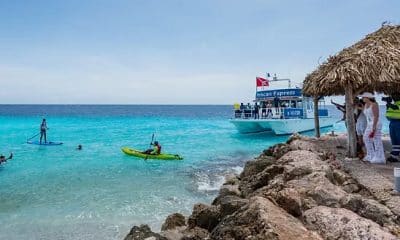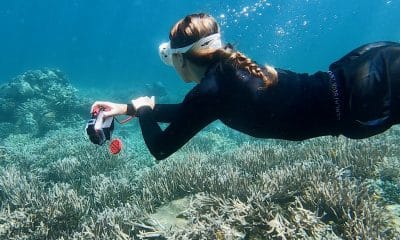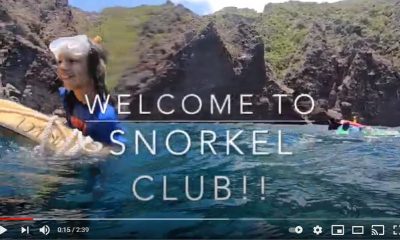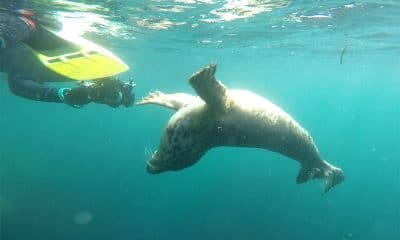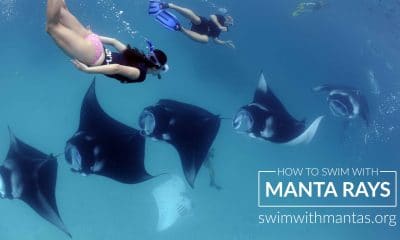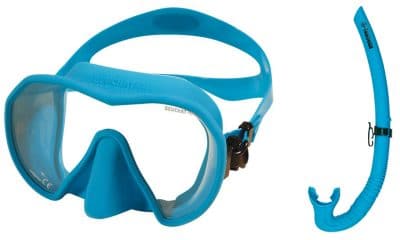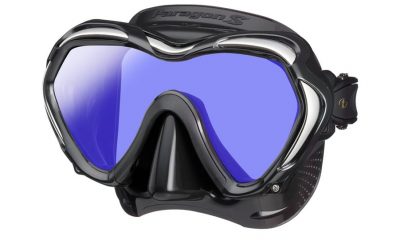Blogs
Review: David Attenborough: A Life On Our Planet

Regular contributors, CJ & Mike from Bimble in the Blue, review the Netlix documentary: David Attenborough: A Life On Our Planet
David Attenborough’s latest and arguably most important documentary to date is now showing on Netflix. It is, in his own words, his “witness statement” of a unique life exploring and documenting the wonders of the natural world.
Attenborough looks back and realizes that the previously gradual changes he witnessed (animal species becoming harder to find and fewer wild spaces) have now become vastly more widespread and noticeable. As the human population increased, so has the level of atmospheric carbon dioxide, while the amount of wilderness has decreased. His conclusion: human activity and man-made climate change have accelerated the pace of biodiversity loss. This not only imperils the majority of natural habitats and creatures on Earth, but also the very future of humankind.
From images of lush green landscapes we journey with him over time to revisit these places, now wastelands. One of the most haunting is the contrast between early footage of orangutans swinging through the rainforest, to recent images of an orangutan clinging onto a lone tree devoid of all but one branch in the wreckage of a deforested site. Attenborough then makes a statement that has stuck with me since watching “A Life On This Planet”: that though we undoubtably have an obligation to care for the natural world, it’s not just about saving other species. It is about saving ourselves. His drive and determination to advocate and spread this message as much as possible at the age of 94 is both impressive and humbling, yet Attenborough manages to make this serious subject an unexpectedly positive learning experience.
In the final chapter of the movie Attenborough turns from the bleak reality of the destruction of Earth’s biodiversity, and offers a lifeline of hope and positivity. We can, he tells us, reverse the damage we have caused, we can save our species and the wonders of the natural world, and it can be done with just a few conceptually simple actions. It’s enough to enthuse even the most jaded and pessimistic of conservationists! Attenborough has an amazing ability to awaken our love of the natural world and now he shows us our future is in our hands. It’s time to act. But we must start now and it must be a united effort.
You don’t have to be a scuba diver to be impressed with the eloquence of David Attenborough’s words, or his powerful yet simple message. We are self-confessed Attenborough super fans, but I don’t think anyone could contest that this is a stunning 1 hour and 20 minutes of hard hitting brilliance. The film closes with the comment, “Who else needs to see it?” The answer is all of us. We highly recommend this documentary to everyone. Put simply if you watch no other documentary this year, watch this one.
Blogs
The Suit Ocean Team leads the Ultimate Curacao Snorkeling Adventure
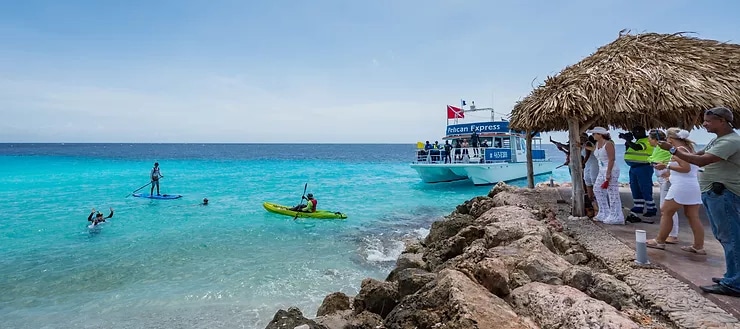
As passionate residents of our Dutch Caribbean Island, we must congratulate The Suit Ocean Team for creating more awareness about the importance of protecting our beautiful fringing reef systems in Curacao.
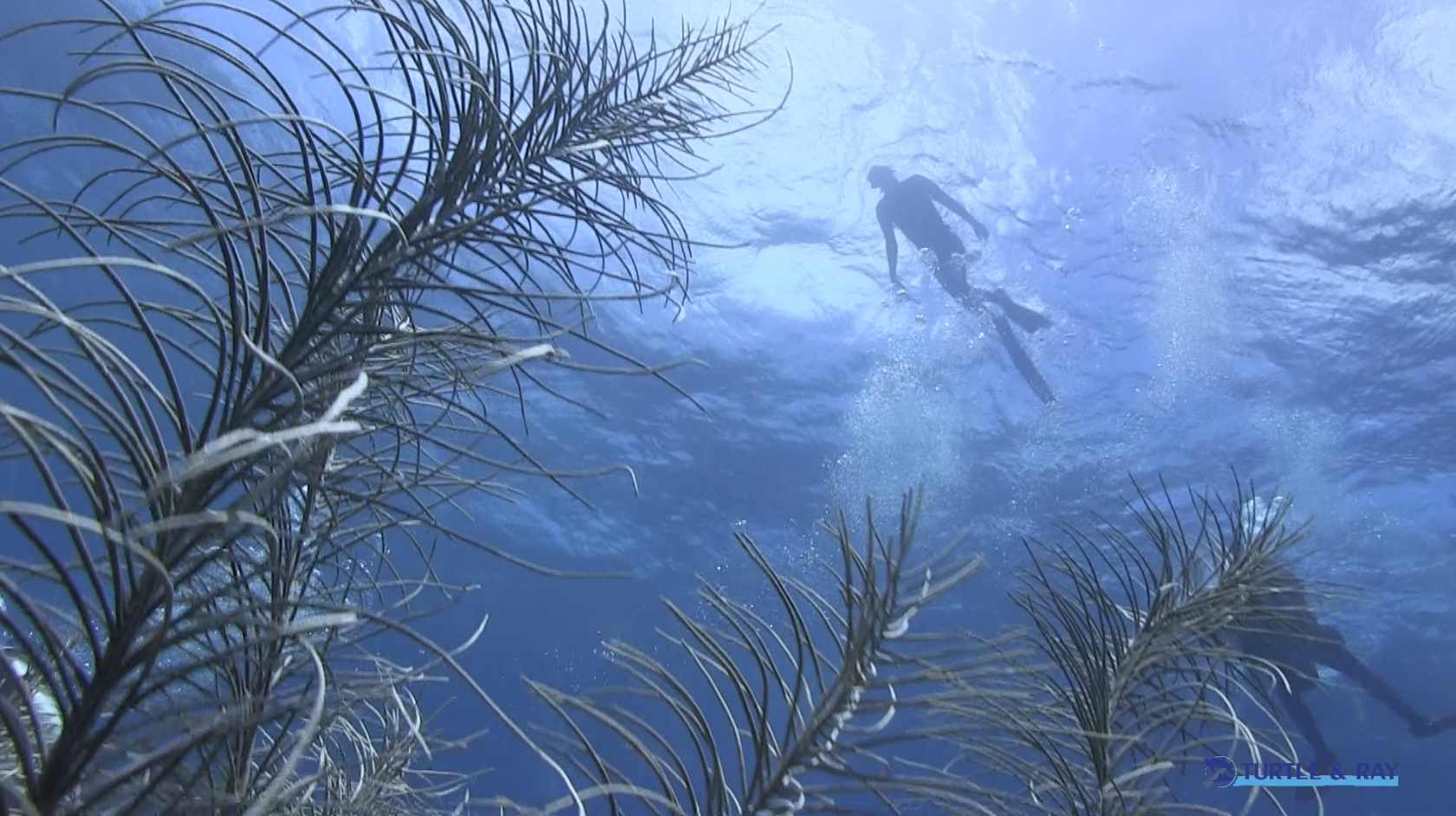
The film, Curacao Underwater Kunuku (Kunuku is Papiamento for Garden), not only documents this ultimate snorkeling adventure showing you how easy it is for everyone to access and enjoy a snorkel or diving experience, but it also showcases the interaction between man and nature, highlighting the beauty of underwater life while promoting conservation, preservation and the need to protect these vital habitats.
These are the key ingredients to this beautiful short film documentary. Watch NOW and please enjoy our “CURACAO UNDERWATER KUNUKU”.
This film, produced by the Lawrence Mensa Foundation (LMF), is also available in multiple languages including: Spanish, Papiamentu, Dutch, Portuguese and German.
Blogs
8 Unique Places to Go Snorkeling in Europe
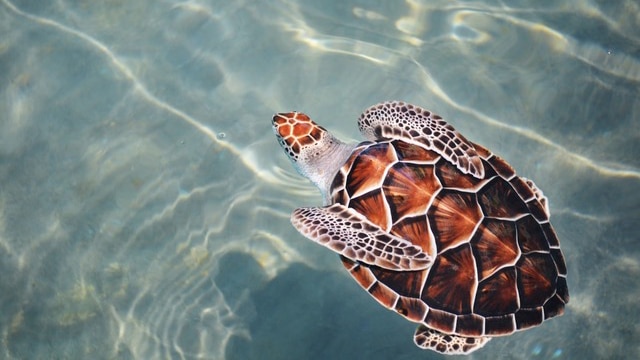
Snorkeling in Europe brings to mind golden sands dotted with beach umbrellas, clear waters, and rocky landscapes busy with Mediterranean fish life. Europe offers all of that, but it also offers so much more for snorkelers. Among Europe’s diverse countries, you can find impossibly bright blue lagoons, idyllic islands, and pristine marine reserves that host thousands of sea turtles and playful seals. You can snorkel over a sunken Roman city and explore one of the world’s premier marine megafauna hotspots. Ready for a summer vacation? Get inspired with our round-up of 8 unique places to go snorkeling in Europe.
Comino, Malta
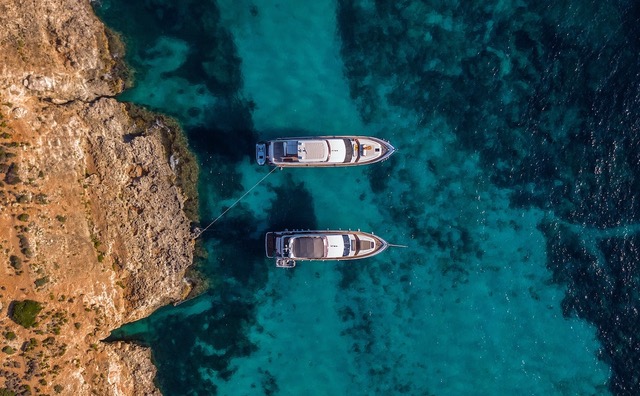
Sitting between the islands of Malta and Gozo, Comino Island is a paradise for snorkelers and divers alike. This tiny island hosts the brightest blue waters in the Maltese Islands and offers fantastic snorkeling among sheltered inlets and caves busy with diverse marine life.
Comino is best-known for hosting the Blue Lagoon; a bucket-list destination with crystal-clear waters and striking rocky landscapes. It is the perfect place to go snorkeling, take a hike, or simply marvel at the gorgeous scenery.
Medes Islands, Spain.
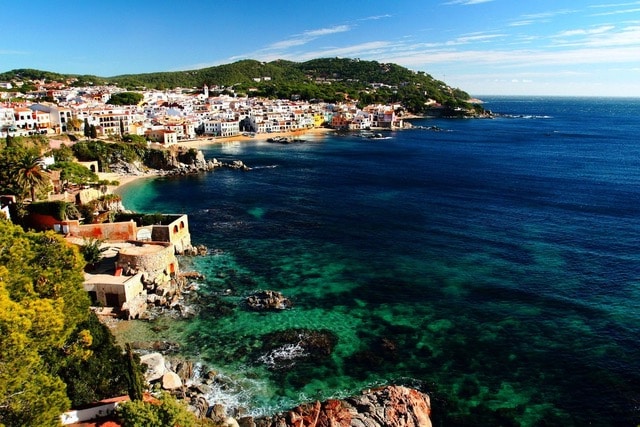
With over 500 dive sites and seaside destinations all along its coastline, Spain draws tourists from around the world. This vibrant country is one of Europe’s top vacation spots.
The Costa Brava in northeastern Spain is home to some of the most famous snorkeling spots in the country, one of which is the Medes Islands. This small archipelago of seven islets off L’Estartit is one of the best marine reserves in all of the Mediterranean.
Fishing was banned at the Medes Islands over 30 years ago, which has allowed marine life to flourish there. Seagrass meadows and rocky areas busy with fish await. A visit to this exceptional marine ecosystem is a must if you are visiting Spain.
Zakynthos, Greece.
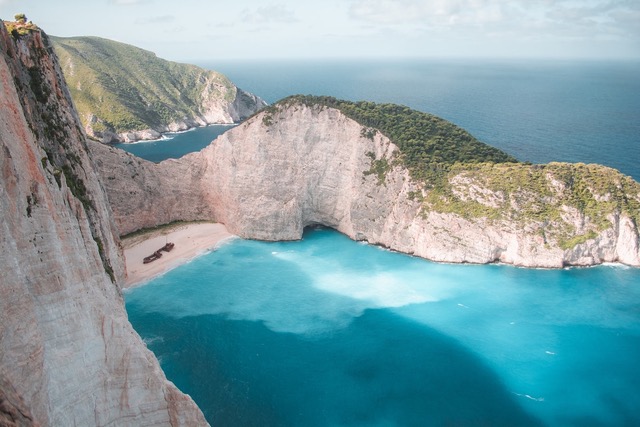
If you love sea turtles, Greece should be top of your list of places to go snorkeling in Europe.
Zakynthos is home to Marathonisi Island, also known as ‘Turtle Island’. This small island sits within the National Marine Park of Zakynthos and is a vital breeding ground for loggerhead sea turtles. The National Marine Park of Zakynthos was created in 1999 to protect these turtles, plus rare Mediterranean monk seals, which give birth to their young in Zakynthos’s secluded caves.
Marathonisi, nearby Cameo Island, and Zakynthos, are the top places in Europe to swim with turtles. In the summer months, thousands of loggerhead turtles visit the area to lay their eggs and you can go snorkeling with them.
Lundy Island, United Kingdom.
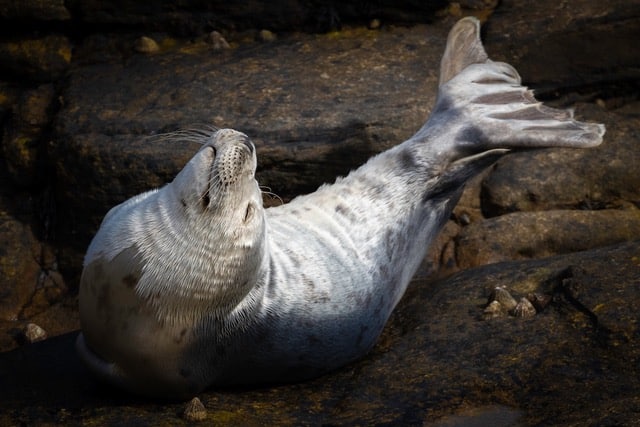
Snorkeling with seals is bound to leave a smile on your face. These cheeky animals are known for getting up close to snorkelers, checking them out, and occasionally nibbling fins.
Lundy Island is one of the best places to go snorkeling with seals in Europe. This island sits just 12 miles off the coast of Devon and hosts a breeding colony of Atlantic grey seals. The seals can be found playing in the surf and lounging in the sunshine at various points around the island.
Grab your snorkeling kit and dive in. Below the water, you will find shallow sunlit kelp forests, a variety of reefs, sea caves, and pinnacles. Lundy is a popular place for diving, but you will see plenty of marine life from the surface, including bright cup corals, anemones, fish, and hopefully seals.
Sunken City of Baiae, Italy
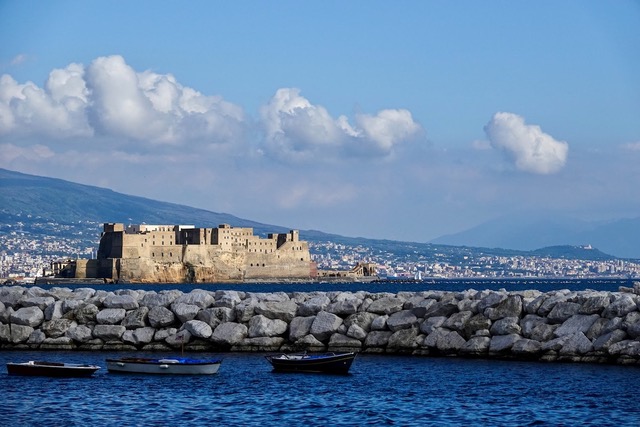
Not every great snorkeling experience is about marine life. In Italy, you can snorkel over ancient Roman ruins.
Two thousand years ago, Baiae was the destination for rich Romans to escape the city and relax by the seaside. Countless emperors and merchants flocked to Baiae’s shores every year, until tectonic activity forced this thriving city underwater.
Today, Baiae is an intact underwater city and one of the top highlights of snorkeling and diving in Italy. Observing these ruins is a breath-taking experience that brings history to life. There are Roman statues, a thermal spa, paved roads, and pillars dating back to the 1st century BC.
Corsica, France
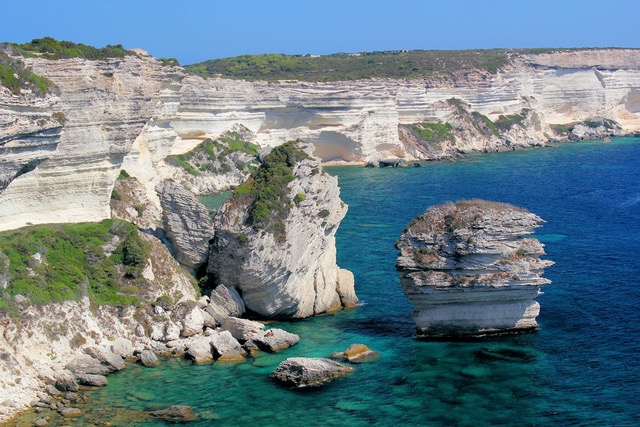
Corsica is renowned for its crystal-clear waters and shallow bays perfect for snorkeling with your kids.
This gorgeous island in the Mediterranean Sea boasts dramatic cliffs and white-sand beaches that hosts a wealth of accessible snorkeling spots. There are rich seagrass beds and rocky landscapes, plus small hidden coves dotted around the island. All of which host a diverse array of marine life, including huge schools of fish, octopi, moray eels, and starfish.
Corsica’s calm waters make it ideal not just for kids, but also for beginner snorkelers and those who want an easy time in the water. With water temperatures reaching up to 26 °C, plus water visibility of up to 30 meters, Corsica ticks the boxes for a laidback beach and snorkeling vacation.
Traun River, Austria
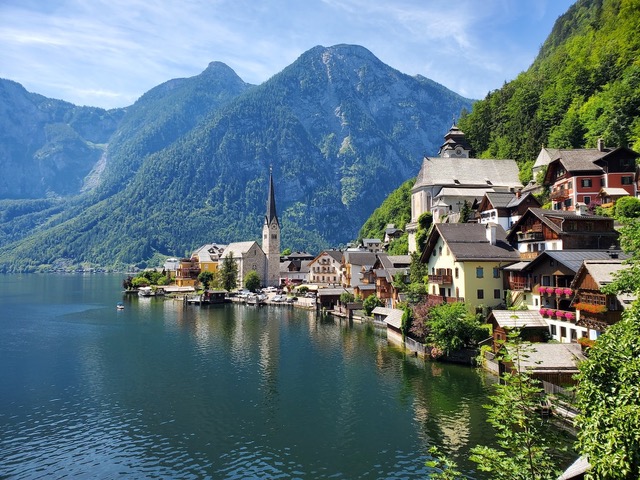
You might not think of Austria for snorkeling, but this land of iconic mountains and lush green landscapes has pristine lakes that attract divers and snorkelers every year. Away from the lakes, you can go snorkeling in spring-fed rivers that gleam in the sunshine.
Forget about floating on the surface when you go river snorkeling. At the Traun River in Upper Austria, river snorkeling involves rock jumping, canyoning, and some relaxed floating downstream. Along the way, you can explore interesting rock formations, underwater caves, and a waterfall, and meet freshwater fish life. This is also an excellent spot to go drift diving.
The Azores, Portugal
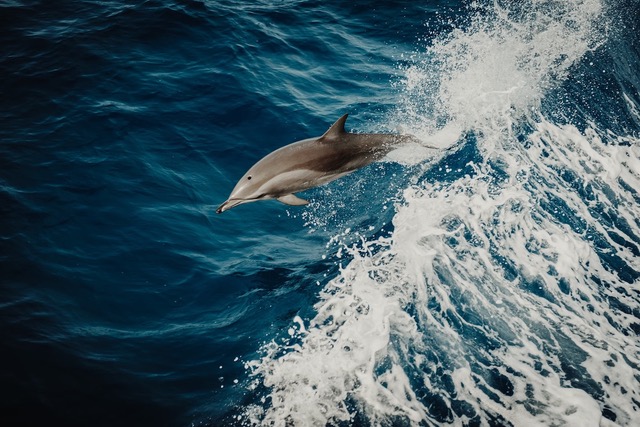
Sitting in the middle of the Atlantic Ocean and surrounded by endless blue waters, the Azores is a mecca for marine megafauna.
These famous islands host a remarkable amount of marine life, including more than 27 whale and dolphin species, mobula rays, and sharks. Snorkeling at the Azores is a great way to experience this wealth of life. You can swim with dolphins and snorkel among dozens of mobula rays and big pelagic fish.
And if you have a scuba certification, you can also go diving with mako and blue sharks. With water visibility reaching up to 60 meters, the Azores is incredible whichever way you choose to explore.
Kathryn Curzon, a conservationist and dive travel writer for SSI (Scuba Schools International), wrote this article.



